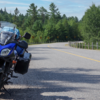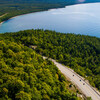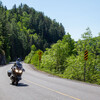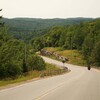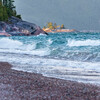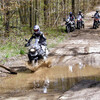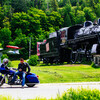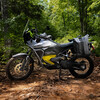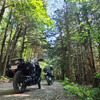
Cruising the Heritage Coast in Ontario's Southwest
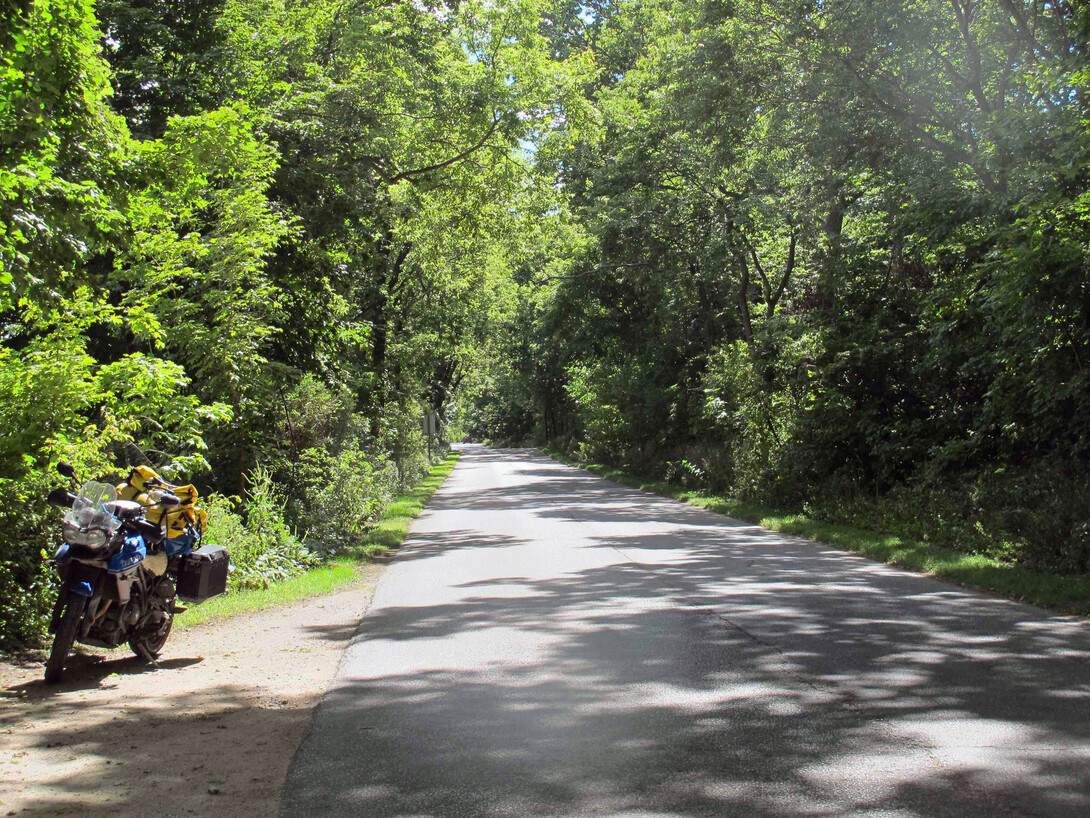
This summer’s motorcycle travels focused on following my ancestors’ migration after they landed in Canada as refugees in the 1920’s. Their trail took me west through northern Saskatchewan and Alberta, as far west as Abbotsford, B.C. and then back through the southern prairies. The final stop for my mother’s family before they settled in Niagara was in Kingsville, requiring a route that dipped down into Ontario's Southwest.
Cruising from Imperial City
It’s an area of the province I don’t visit often so I wasn’t familiar with the roads. Fortunately, there’s a tremendous resource available–the Cruise the Coast map with rider-approved routes, accommodations, events, and eateries. They’ve even identified a number of themed routes, which I drew from to cobble together my own course, based on places I wanted to visit.

I was prepared to go back in time in exploring my family routes. I hadn’t expected to unearth a uniquely Canadian heritage that played a major role in weaving the fabric and economy of our country. Southwestern Ontario appears tame and effacing yet it has provided lucrative resources from the land, beneath the ground, and from the water.
As soon as you cross the Blue Water Bridge connecting Port Huron, MI. and Sarnia, you appreciate the distinct history and feel the sense of community. With a population of 72,366 (2011 census), Sarnia’s large enough to abound with cultural, recreational, and retail attractions yet retains the intimacy of a small town. Ride along the waterfront through the historic downtown to appreciate the old buildings, constructed to support commerce during the early days.
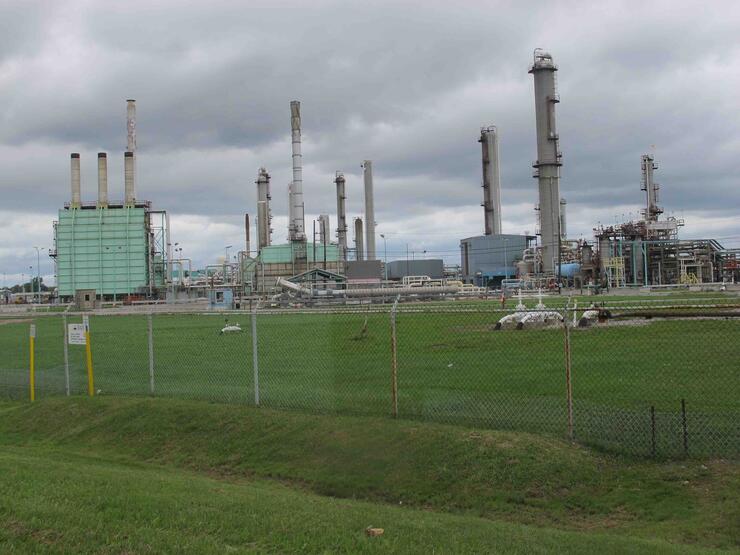
Sprawling refineries and large tank farms on the outskirts of town signify the role oil has played in developing the area. Just south, the town of Petrolia is designated as ‘Canada’s Victorian Oil Town’ and credited with starting North America’s oil industry in 1866. Historic wealth is readily evident in the local architecture. VanTuyl and Fairbank’s (closed in 2019) had the distinction of being the oldest independent hardware store in Ontario and possibly Canada.
Hard Oilers
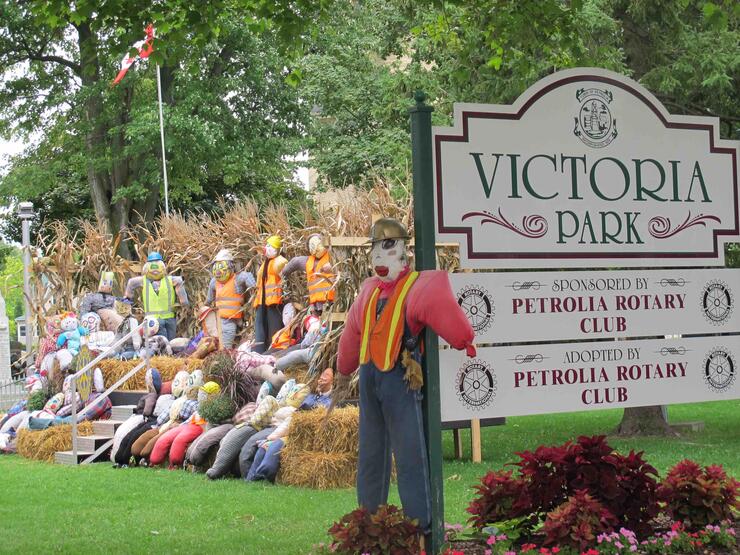
Those born and raised in Petrolia are referred to as ‘Hard Oilers’, paying tribute to the toughness of their ancestors. In the early years, oil men from Petrolia travelled to 87 countries including Persia (Iran), Indonesia, Australia, and Russia, visiting lands from the Gobi to the Arctic teaching others how to discover and extract crude oil from the earth.
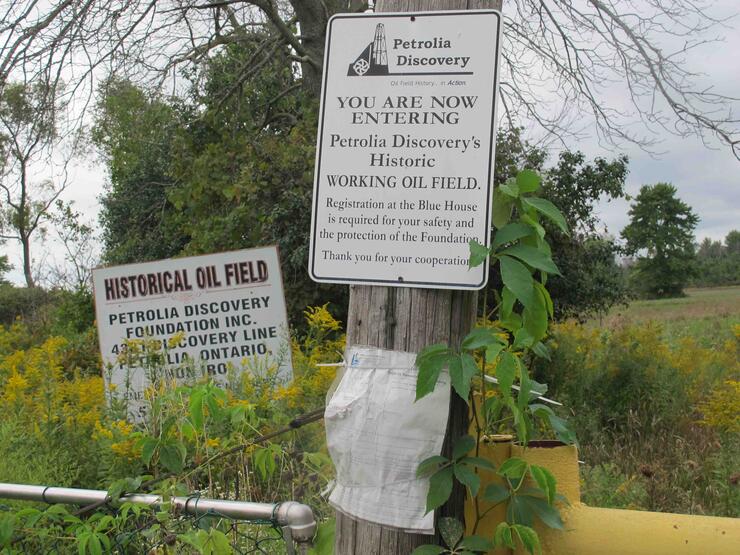
Petrolia Discovery sits back from the road atop a hill accessed via a beautifully landscaped park. Historical buildings, displays, and creaky oil pumps offer a glimpse into an authentic 1860’s oilfield in action. Although you can peek through the gate and watch the oil pumps working, it was closed for the season for renovations.
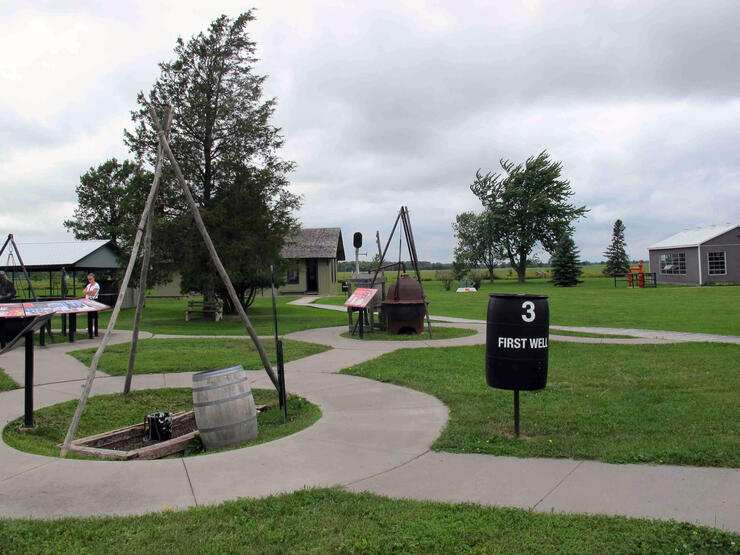
It’s at the Oil Museum of Canada, a National Historic Site south of the village of Oil Springs, where you can literally walk through the birthplace of the modern oil industry. Indoors there are displays of fascinating artefacts locally and brought home from around the world. Stroll outside to the site of the first commercial oil well, the first gusher, a Procar tank railcar, and the 1895 Train Station.
The rural landscape is generally flat and fields of corn, soybeans, and other cash crops flank the roads. It’s a casual, relaxing ride, well suited for breathing in the gratitude for the bounty this land has unconditionally supplied.
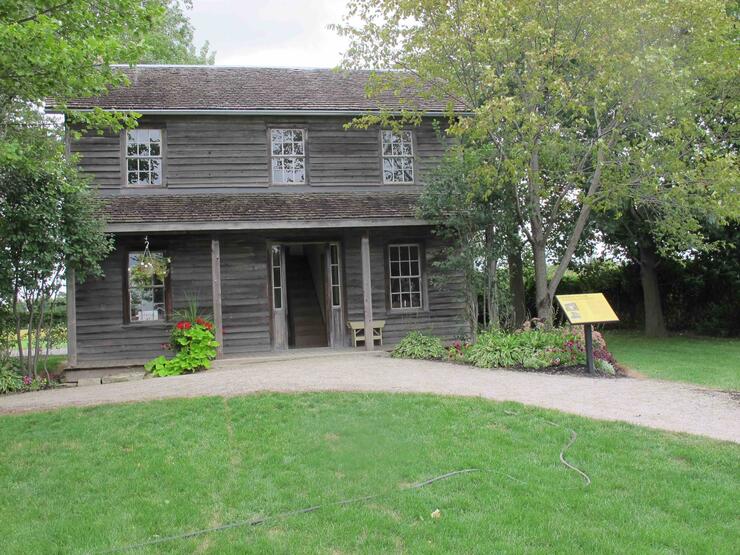
While I was tracing the routes of my refugee ancestors, it was a tribute to refugees of a different place where I would stop next, west of the town of Dresden. Uncle Tom’s Cabin Historic Site holds the house of the Reverend Josiah Henson who was active in the abolition movement and the Underground Railway. He rose to fame when his memoirs were used as reference material for Harriet Beecher Stowe’s novel published in 1849.
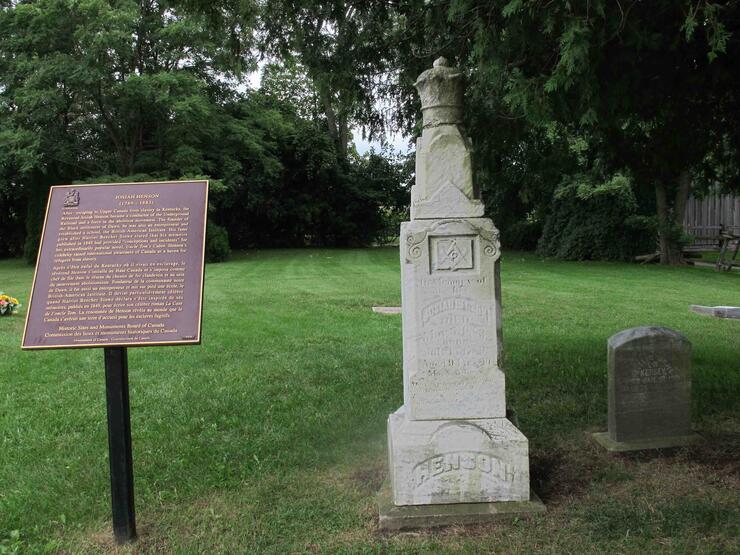
There’s also an interpretive centre, two other historic buildings, two cemeteries, and an extensive collection of artefacts. It’s a sobering yet uplifting visit, depicting a dark side of humans while honouring the courage, strength, and vision for making a positive difference.
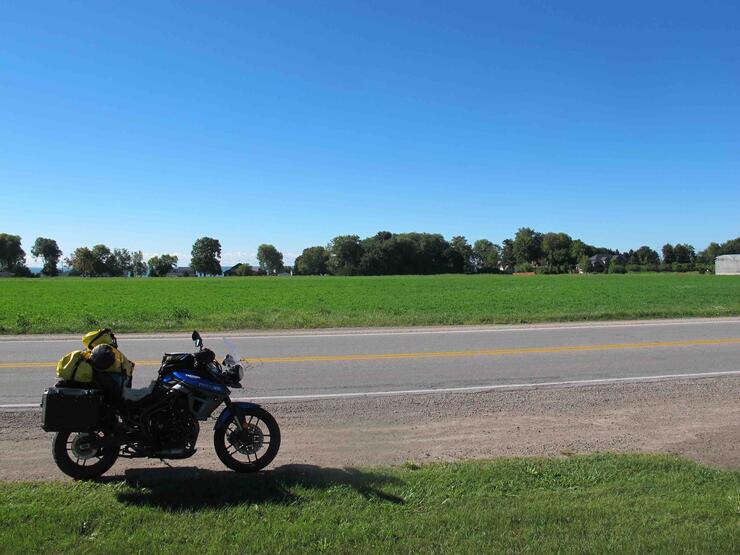
Kingsville, Ontario was where my mother’s family lived for a few years after persistent droughts and crop failures forced them to abandon farms in the west and move east where other relatives had already settled. The house where they lived in a lean-to with no electricity or running water was gone but the large barns were still standing.
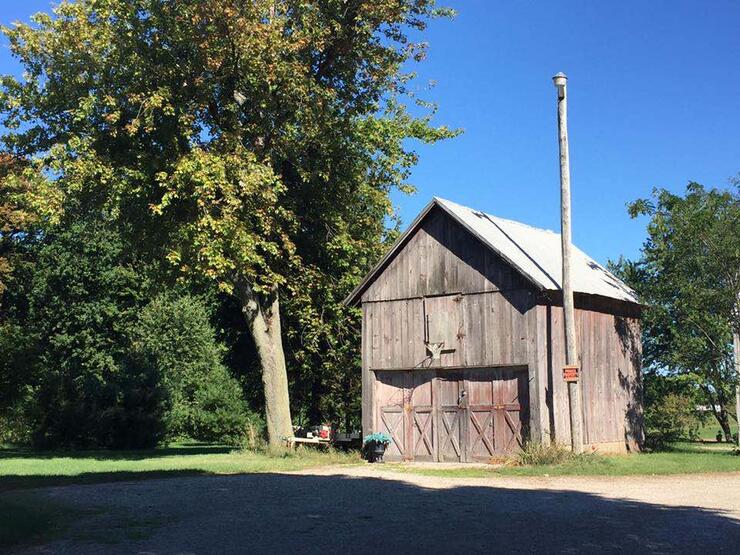
Similarly, a wooden shed on a nearby property where my great-grandparents worked for a time was still standing beside the grove of trees that once surrounded their home, long since demolished. Across the road, only a farm field separated them from Lake Erie. Beauty doesn’t feed hungry mouths and they were very hard times.
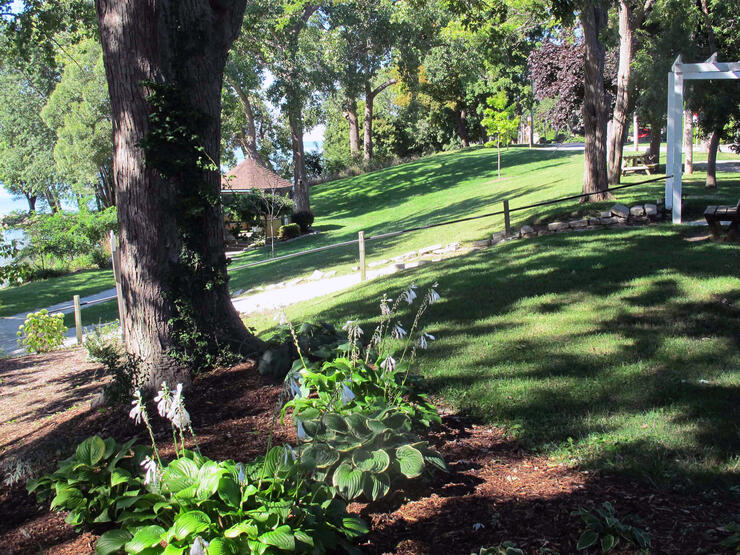
Cycles of boom and bust weren’t restricted to the oil industry or the refugees that came and went with time. The picturesque and quiet Kingsville waterfront once bustled with thriving fisheries. Now the waterfront activity comes from the ferry shuttling passengers to Pelee Island.
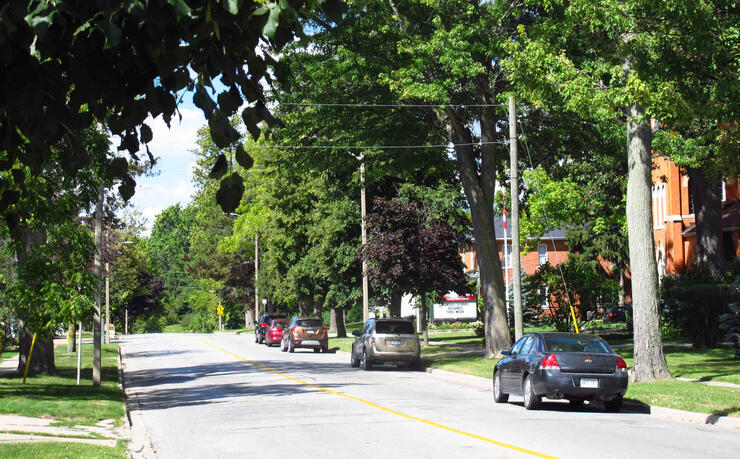
The large shade trees and lovingly tended gardens of nearby Lakeside Park drew me over. There was hardly anyone there and it was the perfect spot to enjoy my Sunday morning breakfast as the waves gently lapped the sand. Giant hardwoods shade the old brick homes on Main Street, reminiscent of riding through simpler times.
Leamington and Point Pelee
No trip to this area would be complete without continuing east along the coast. Neighbouring Leamington is known as the Tomato Capital of Canada. H.J. Heinz set up a large tomato processing plant here in 1905 and operated it for over 100 years before selling it to Highbury Canco in 2014. A large smokestack stands testament to Heinz’s prominent role within the community.

The mild climate and fertile soil were favourable for growing tomatoes and the fields were once seemingly endless. Now most are grown in greenhouses, the proliferation of which has led to the town having the largest number of commercial greenhouses in all of North America.
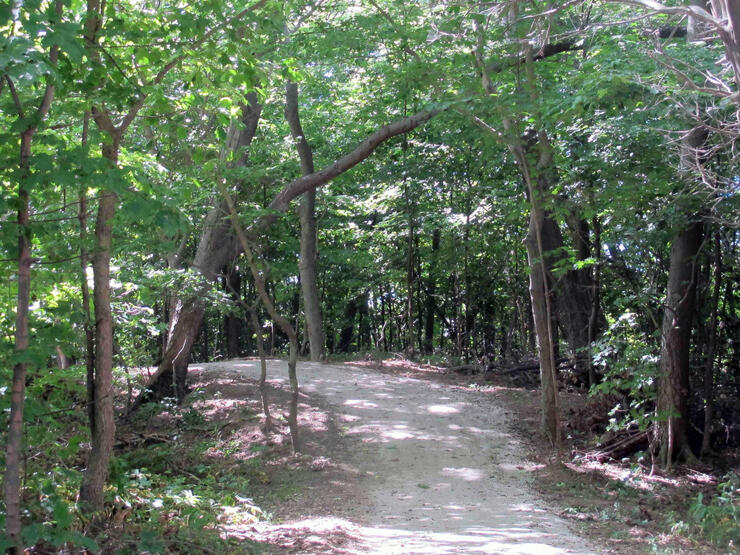
A visit to Point Pelee National Park capped off my visit to this area. Although one of Canada’s smallest National Parks, its lushness and diversity draws over 300,00 visitors a year. It’s home to over 70 species of trees, 27 species of reptiles and 20 species of amphibians, more than anywhere in Canada. Birders visit in droves for the annual migrations.
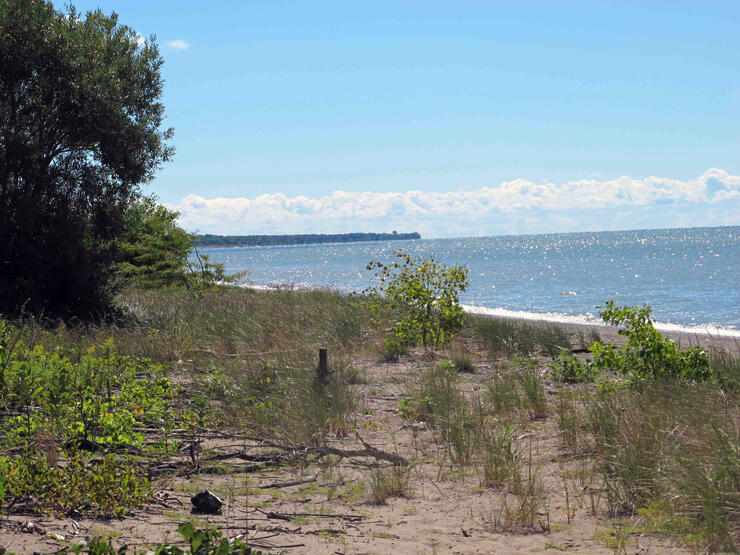
A network of boardwalks and paths extends throughout the point and into the marshes, making for accessible and remarkable viewing. Maps are available online and a large orientation map is stationed two kilometres inside the gate. Benches invite you to sit, take in the beauty, and be still.
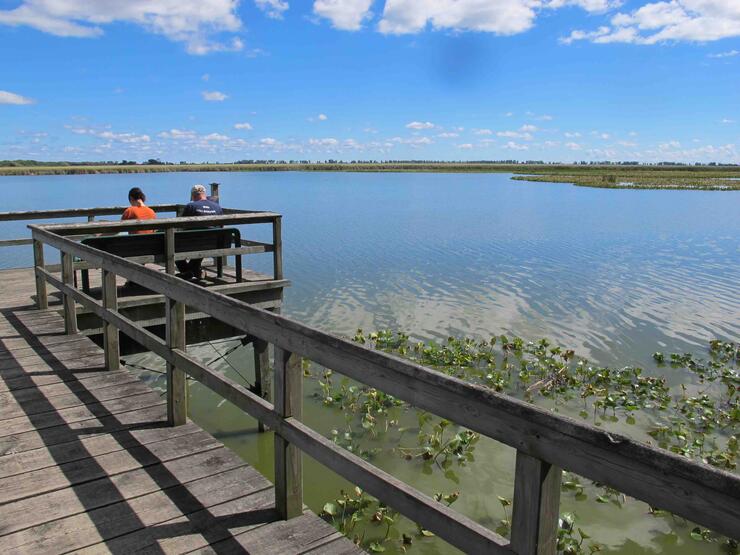
For me, it was a perfect way to reflect on my journeys. I’d been on the road for six weeks and had come to the end of the trail. Now it was time to return and assimilate all I’d experienced.
Download the Cruise the Coast Map here.
Recommended Articles

Bucket List Motorcycling in Ontario, Canada 2025

Ontario's Best Twisties: Five Roads to Get Your Lean On

The Big Belly Tour—A Complete List of Ontario's BBQ Joints

It's Bike Night in Ontario 2024

Ontario's Top Twisties
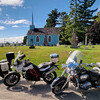
Have You Ridden Canada's OG Highway? Here's Why Every Rider Needs to Hit Up Historic Highway 2

23 Amazing Photos That Prove PD13 Is Still The Best Motorcycle Event Ever

Motorcycle Swap Meets in Ontario—The Complete List for 2025

And a Vespa shall lead them all...
